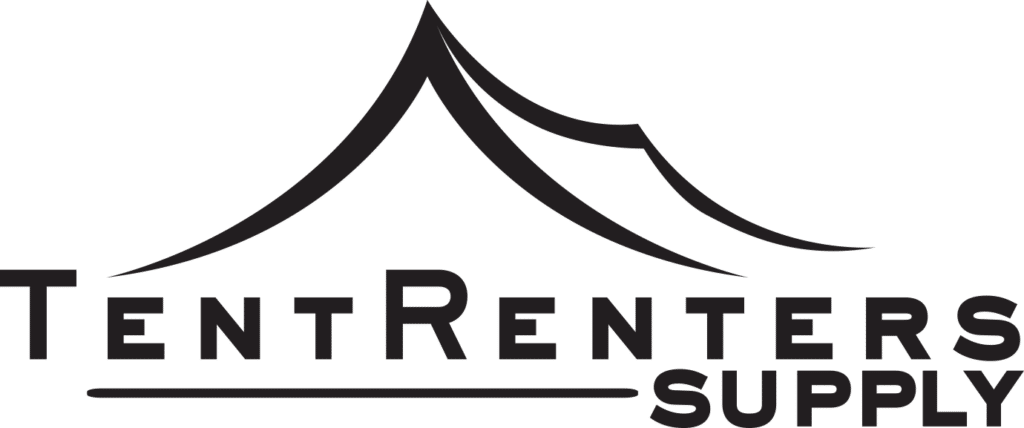Event Tents, tent material, Tent Safety
Choosing the Right Tent Parts for Extreme Weather Conditions
When planning events or operations in outdoor settings, the reliability of your tent can make or break the success of your endeavor. Whether you’re organizing an event, managing agricultural activities, conducting construction projects, or engaged in disaster relief efforts, having a tent that can withstand extreme weather conditions is crucial to ensure the safety and comfort of your attendees.
At Tent Renters Supply, we have more than 40 years of experience serving the tent needs of our partners nationwide. Here are the fundamental considerations to take when selecting custom tent parts for extreme weather conditions.
How do you set up a tent to withstand wind?
To enhance the stability of your tent against strong winds, consider investing in sturdy frame components and anchoring systems. Opt for heavy-duty tent poles made from durable materials like double-barrel aluminum or steel, as they provide better structural integrity.
Robust anchoring systems, such as deep ground stakes or heavy-duty anchor weights, can also stabilize your tent structure to uphold and perform in inclement weather. These anchoring methods help secure the tent firmly to the ground, minimizing the risk of displacement during gusty winds.
For added stability, guy ropes and tensioning systems distribute wind loads evenly across the tent structure.
How do you make a tent storm-proof?
Storm-proofing your tent involves fortifying it against various elements, including high winds, heavy rain, and potential debris.
Start by selecting a tent with weather-resistant materials, particularly a waterproof tent fabric. Look for high-quality, industrial-strength tent materials treated with polyurethane or other waterproof coatings to ensure superior moisture protection.
In addition to the tent fabric, it’s smart to invest in specialized storm straps or tie-down kits designed to reinforce the tent’s frame and anchor points. These straps help distribute the load evenly and prevent the tent from lifting or collapsing under extreme weather conditions.
Lastly, you can install storm flaps or rain gutters to divert water away from tent seams and openings, further enhancing its weatherproofing capabilities.
How do I protect my tent from heavy rain?
Heavy rain can pose significant challenges for tent performance and the comfort and safety of its occupants. To protect your tent from heavy rain, focus on selecting components that enhance waterproofing and drainage. Opt for tent roofs with steep slopes to facilitate water runoff and prevent ponding, which can exert undue stress on the tent structure.
High-quality canopy attachments can also provide an extra layer of protection against rain. They help shield the tent from direct exposure to rain while promoting airflow and ventilation. To prevent water infiltration, check that all seams and openings are properly sealed with waterproof tapes or sealants.
How do you set up a tent to withstand wind?
While many tents in the market lack specific wind ratings, engineered tents with certified wind ratings offer superior assurance of stability in windy conditions. These tents undergo rigorous testing to determine their capacity to withstand certain wind speeds, providing peace of mind for event planners and operators in challenging environments.
Choose the Right Tent Parts – Choose Tent Renters Supply
At Tent Renters Supply, we understand the importance of reliability and safety in extreme weather conditions. That’s why we offer a range of engineered tents with certified wind ratings to meet the diverse needs of our customers.
Whether you’re hosting an outdoor event or managing operations in windy areas, our selection of wind-resistant tents provides unmatched durability and stability, ensuring the success of your endeavors even in adverse weather conditions.
To get a custom quote, contact us today.

